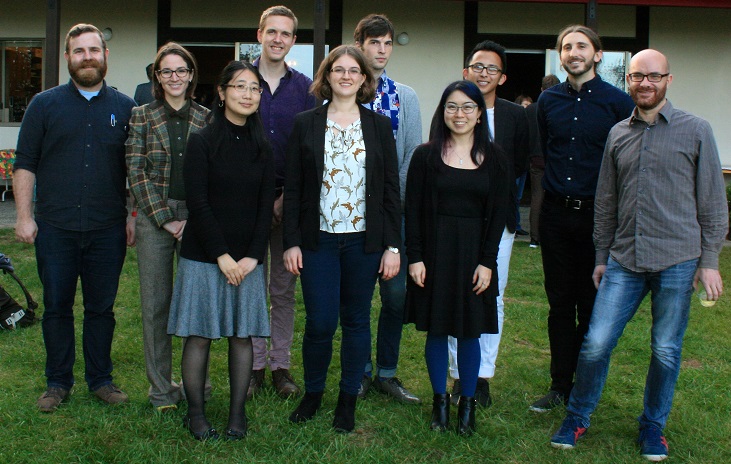WEEK-LONG VISIT BY PRINCE AND MERCHANT
The last week of April brought phonologists Alan Prince (Rutgers University) and Nazzaré Merchant (Eckerd College) to the department. Alan gave a special lecture on “Property Analysis” in Phonology B, reporting on joint work with Birgit Alber on a new way of analyzing and understanding the typologies produced by OT analyses. At Friday’s Phlunch, Naz presented ‘Representing Stringency Hierarchies Using Property Analysis’ (joint work with our 2016 LRC visitor Martin Krämer), which applied Property Analysis to new work on the typology of syllable codas. During the week, Alan and Naz had many productive discussions with the members of the Santa Cruz Accent Project and the SPOT Project (Syntax-Prosody in Optimality Theory), whose names are too numerous to mention here.
